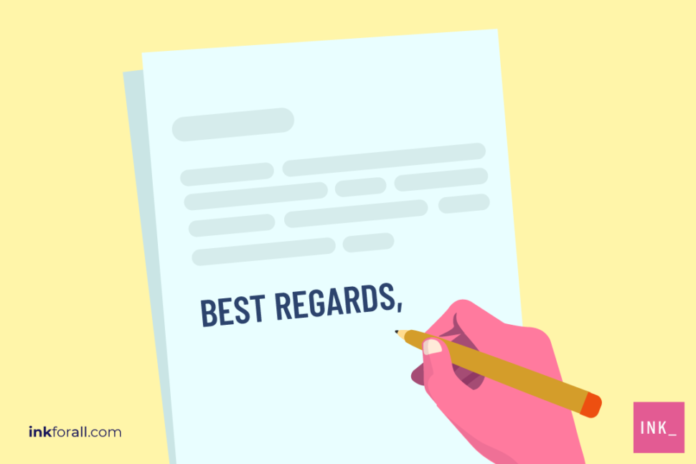The Jobseekers Series is a series of articles The Daily Vox team has put together to help prospective jobseekers. Job Seeking is a costly and difficult process. This series seeks to make it a little easier with tips and advice.
When you apply for an open position at a company, most employers require you to submit a CV as part of the application process. The cover letter is meant to explain why you are suitable for the job. While a cover letter may be optional for some positions, it’s usually a good idea to include one in any application you submit.
RELATED:
Help for jobseekers: Here’s how to write a CV
What is a cover letter?
A cover letter is a one-page document that is sent alongside your CV when applying for jobs. It acts as a personal introduction and showcases your personality. It is also meant to explain why you’d be the best candidate for the job.
A cover letter is an addition to your CV and not a replacement. This means you should not repeat what is mentioned in your CV.
RELATED:
The List: Popular job search websites in South Africa
What to include in your cover letter
All you have to do is follow a tried-and-tested format. From top to bottom, this is what to include in your cover letter.
Header
Write out your full name and contact information. Optionally, you can add your professional title, links to your professional websites, your social media accounts (applicable only for LinkedIn and Twitter).
[Your name]
[Your phone number]
[Your email address]
[Your home address]
Below your full name and contact information, write the hiring manager’s name, the company address, company phone number and email address.
[Hiring manager’s name]
[Company address]
[Company phone number]
[Hiring manager’s email address]
Greeting the hiring manager
You shouldn’t use “To Whom It May Concern” on a cover letter unless you have no other choice. Address the hiring manager by their name. If you don’t know the hiring manager, do research. That will help the company know you are serious about your application.
Addressing your cover letter in a vague, impersonal way shows you didn’t spend any time researching the position. This isn’t a good look for someone truly interested in a job.
Opening paragraph
Mention your years of relevant experience, how you found out about the job, and why you’re interested in the position. Make sure you use the correct job title here.
Body paragraph(s)
Explain why you’re the perfect candidate for the job and why you’re a good match for the company.
Formal closing
Once you’ve written the body of your cover letter, you just need to put a formal closing at the very end. Sign off and follow it with your full name below.
You can also use any of the following synonyms:Thank you, Best regards, Kind regards, Regards, Sincerely yours, Yours truly, With best regards, Respectfully yours, and Thank you for your consideration.
The Job Seekers Series:
Help for jobseekers: Here’s how to write a CV – The Daily Vox
Jobseekers: How to apply for a job in-person – The Daily Vox
Jobseekers: How to write a cover letter – The Daily Vox
The List: Popular job search websites in South Africa
Jobseekers: 7 common interview questions – The Daily Vox









